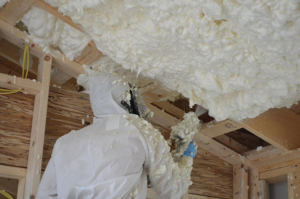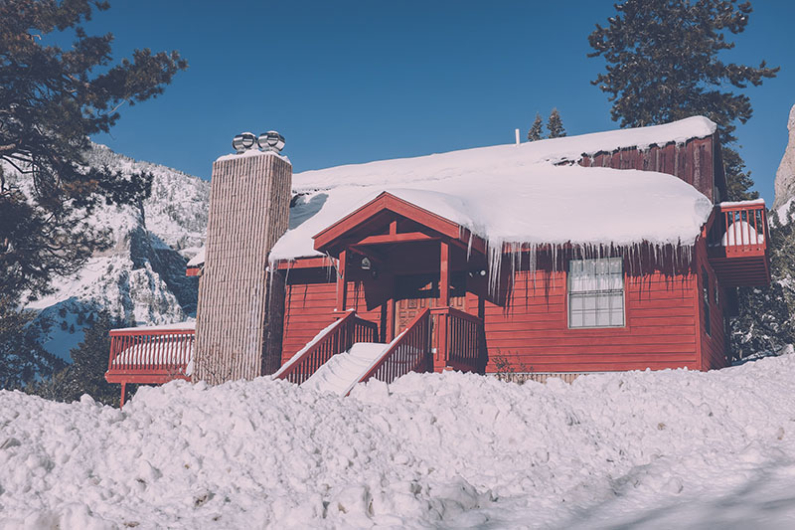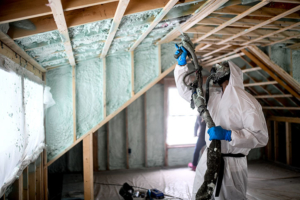Does your house have icicles hanging from the roof during the winter? If so, there is something going on that could potentially cost you thousands of dollars. It is called an ice dam and here’s how to prevent them.
What is an ice dam?
If the attic isn’t properly insulated, during the winter the warm air will escape and melt the first layer of snow on your roof. Many uneducated contractors will tell you to increase your attic insulation to prevent ice dams. While this may slow down the buildup of ice dams, it will essentially increase the speed of your heat loss. Consequently, the heat loss will make your home less efficient.
DIYers (do-it-yourself) like to solve the problem by putting heat tape on the roof, but that can be incredibly damaging to the shingles. Furthermore, the tape does not solve the problem, which is inefficient insulation and heat loss.
The layer of snow that is against the roof will melt and run down the roof shingles. You can’t see this happening because it is under the pile of snow. Once the water reaches the overhang where it is colder, an ice dam starts to form. This process happens over and over; the ice dam gets bigger; and the water gets higher. Eventually, water will get under the shingles!
As the melting continues, the ice dam and water lift the shingle more and more. Eventually, it hits the top of the shingle. That is when water can get into your house, and potentially cause thousands of dollars in damage.
How to prevent ice dams
Whether you are creating a conditioned or unconditioned attic, we recommend the same things.
- Seal the gaps – First you need to air seal any gaps or holes in the floor or roof. There are several products that we suggest you use. Please contact us so we can help you decide which product is best for you.
- Use correct R-value – Make sure you have enough R-value. Remember, fiberglass doesn’t have a constant R-value so we don’t recommend it. In southern New Hampshire, you need a minimum of an R-49.
- Ventilate the attic – If you plan to insulate the attic floor, make sure to allow for proper ventilation to prevent condensation. If you are not sure you have adequate insulation, give us a call and we will come out and take a look.

Using a spray foam in the attic is the best choice because it fills the holes and crevices. We recommend closed cell spray foam for several reasons:
- It has a higher R-value per inch than open cell spray foam.
- Closed cell spray foam is a vapor barrier and water can’t permeate it.
- It sticks to the walls and fills all the crevices and holes.
Learn more about Closed Cell Spray Foam by watching a video on our website. Contact us with questions.







